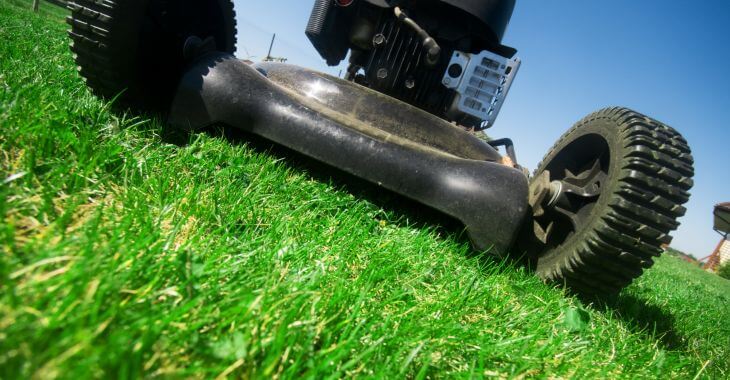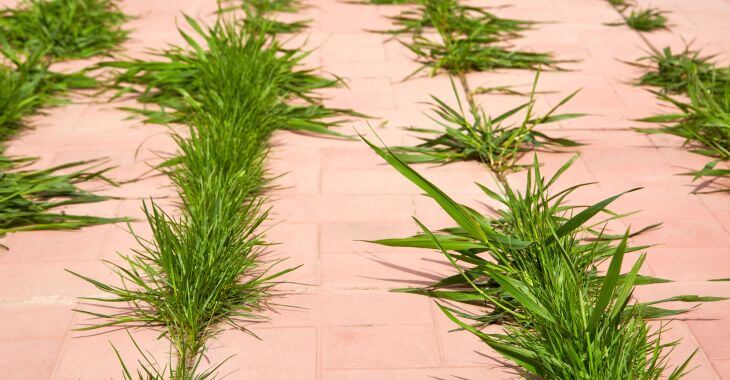Confused About Lawn Fertilizers?
Join the crowd – you are not alone! Fertilizer is likely to be the secret ingredient in the lush, healthy, green lawns that we all admire. If it is applied in the right amounts and at the right times, it can produce profound results in your lawn. However, too much fertilizer applied at the wrong time will damage your lawn; timing, then, is a key factor. If your soil is infertile, the grass will appear sparse and yellowish, prone to weeds and insects; it is in dire need of nourishment. Likewise, if your lawn is being overrun with clover, it is time for fertilizer.
Fertilizers are made up of ratios of nitrogen, phosphorous and potassium, which are designed to be released into the soil slowly or quickly. You can have your soil tested to identify the right concentration of these elements that your lawn needs. The slow release products are preferred because they can be applied less frequently and are less prone to burn. Too often, fertilizer is applied too early in the season, leaving the grass without energy to cope with the summer’s heat. Over-fertilizing can be discoloring and counter-productive, promoting disease and pest infestations. As such, it is extremely important to follow the recommended rates of application for your fertilizing product. Consider the particulars of your lawn. Is it in the sun or shade; are grass clippings removed or left as mulch? Finally, it is suggested that fertilizer be applied after all the weeds are under control.
It is always a good investment to utilize the services of your local landscaping expert. A professional can answer all your questions and concerns about weed control, pesticides and herbicides, as it relates to your specific lawn care needs.

